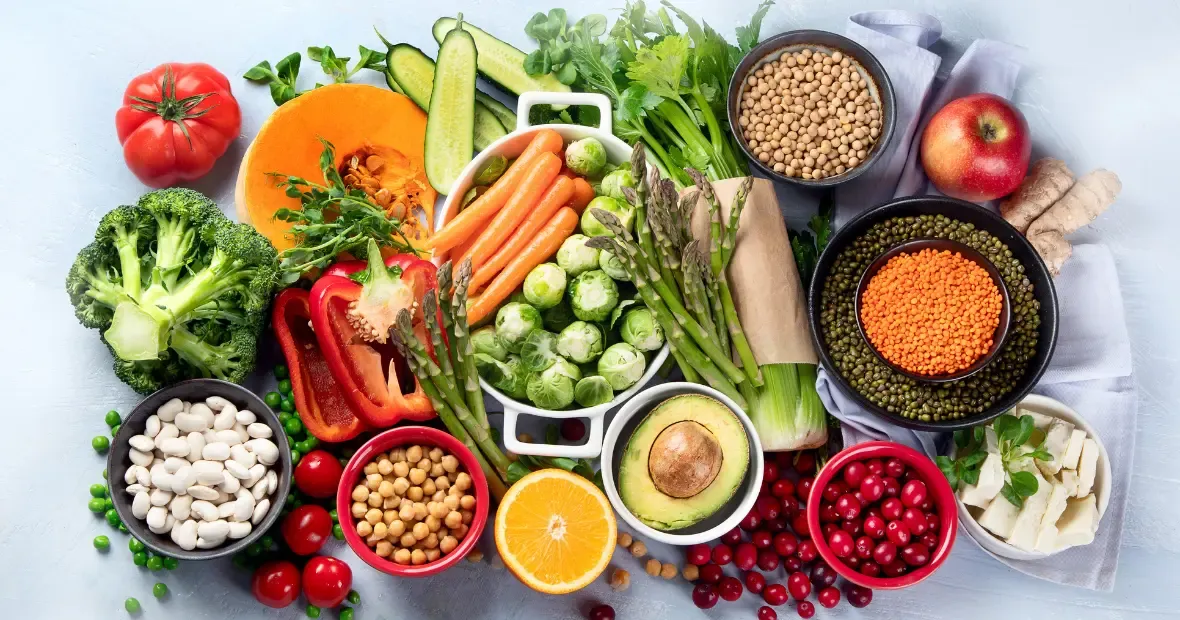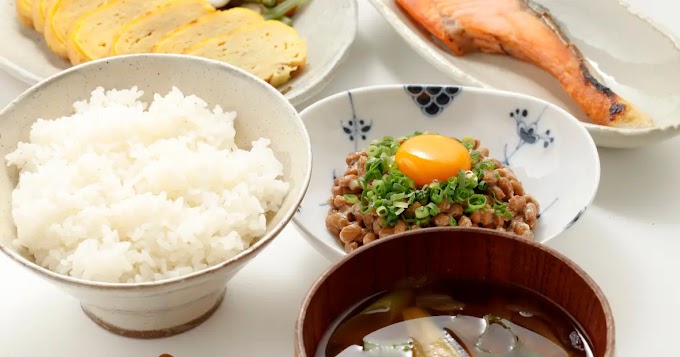Pre-Christmas diet
In the ten days before Christmas, it is not necessary to follow a severely low-calorie diet and then risk feasting the arrival of the holidays. Just follow a few tricks to get in shape for the big feast.
 |
| Pre-Christmas diet: what to eat before the big feast |
The biggest eating time of the year is approaching. Between lunches, dinners, snacks, appetizers to wish each other well and the actual Feast Days, the next three weeks will test our resistance to temptations at the table. What to do, then, to best prepare for the holidays? One idea might be to organize a proper pre-Christmas diet.
Attention: pre-holiday diet does not mean fasting or restriction but to seek a strategy not to start overindulging as early as mid-December. In the ten days before Christmas, it is not necessary to follow a strongly low-calorie diet regimen and then risk feasting on anything and everything with the arrival of the holidays. All it will take is to follow a few suggestions.
Blitz diet?
A blitz diet serves no purpose except to overstress the body and give us the illusion that we can eat anything during the long meals of the holiday season.
Lose weight before Christmas?
.webp) |
| Pre-Christmas diet: what to eat before the big feast |
This approach doesn't make sense either. Losing weight quickly before Christmas would mean losing fluids and, at worst, muscle mass, while not going to affect fat mass at all.
As a result, the scale would quickly go back up at the first Christmas meal, with the risk of going to increase precisely the fat in our bodies.
What to eat before the holidays?
Instead, a winning strategy might be to make plenty of room for vegetables and liquids. Before starting with various lunches and dinners, try to drink at least two liters of water a day or one and a half liters of water and two herbal teas or teas. For breakfast, choose whole grain bread or cereal, dried fruit, eggs, cottage cheese, low-fat cheese, white yogurt, hummus and some fruit.
Start each lunch and dinner with a nice portion of raw vegetables, preferably bitter (radicchio, escarole, Belgian endive, radishes), and season with extra virgin olive oil. Then move on to the second course, preferably consisting of fish, eggs, low-fat cheeses or legumes, and leave the meat for the feast days: all traditional menus include a lot of it, so you can do without it for 10-15 days.
Finally, add a side dish: cooked or raw vegetables of your choice, always giving priority to bitter vegetables. If you are still hungry, close the meal with a carbohydrate portion.
The pre-Christmas diet
To further clarify your ideas, we suggest two sample menus, one for vegans and one for omnivores. This way, you will arrive at Christmas in perfect shape for sure.
For a daily vegan menu, we suggest you start your day with a cup of green tea, a slice of rye bread, 2 teaspoons of chickpea hummus (possibly homemade) with a sprinkling of sesame seeds, and an apple with lemon juice and cinnamon powder.
For lunch, make yourself half a plate of raw red radicchio with extra-virgin olive oil and lemon, a serving of vegan almond cheese with a plate of chicory repassed in a pan with garlic, chili, and extra-virgin olive oil, and finally half a serving of boiled quinoa (in closing and only if you are hungry).
At the end of the day, however, prefer half a plate of radishes with their leaves, half a plate of raw red radicchio with extra-virgin olive oil, lemon and flaxseed, a serving of borlotti beans with a mixed salad of raw escarole, soybean sprouts, extra-virgin olive oil and a slice of whole-wheat bread.
For an omnivorous daily menu, for breakfast you can instead opt for a cup of black tea, two tablespoons of oatmeal, a teaspoon of ground almonds, two tablespoons of blueberries and a natural white yogurt.
For lunch, choose half a plate of Belgian endive with extra virgin olive oil and lemon, a portion of sea bream with a plate of mixed radicchio salad, extra virgin olive oil and a slice of whole wheat bread (only if you are still hungry).
Then, for dinner, finish with half a plate of raw artichokes with extra-virgin olive oil, lemon and parsley, a serving of ricotta cheese with some baked cauliflower topped with turmeric and extra-virgin olive oil, and half a serving of whole-wheat pasta.

.webp)



0 Comments